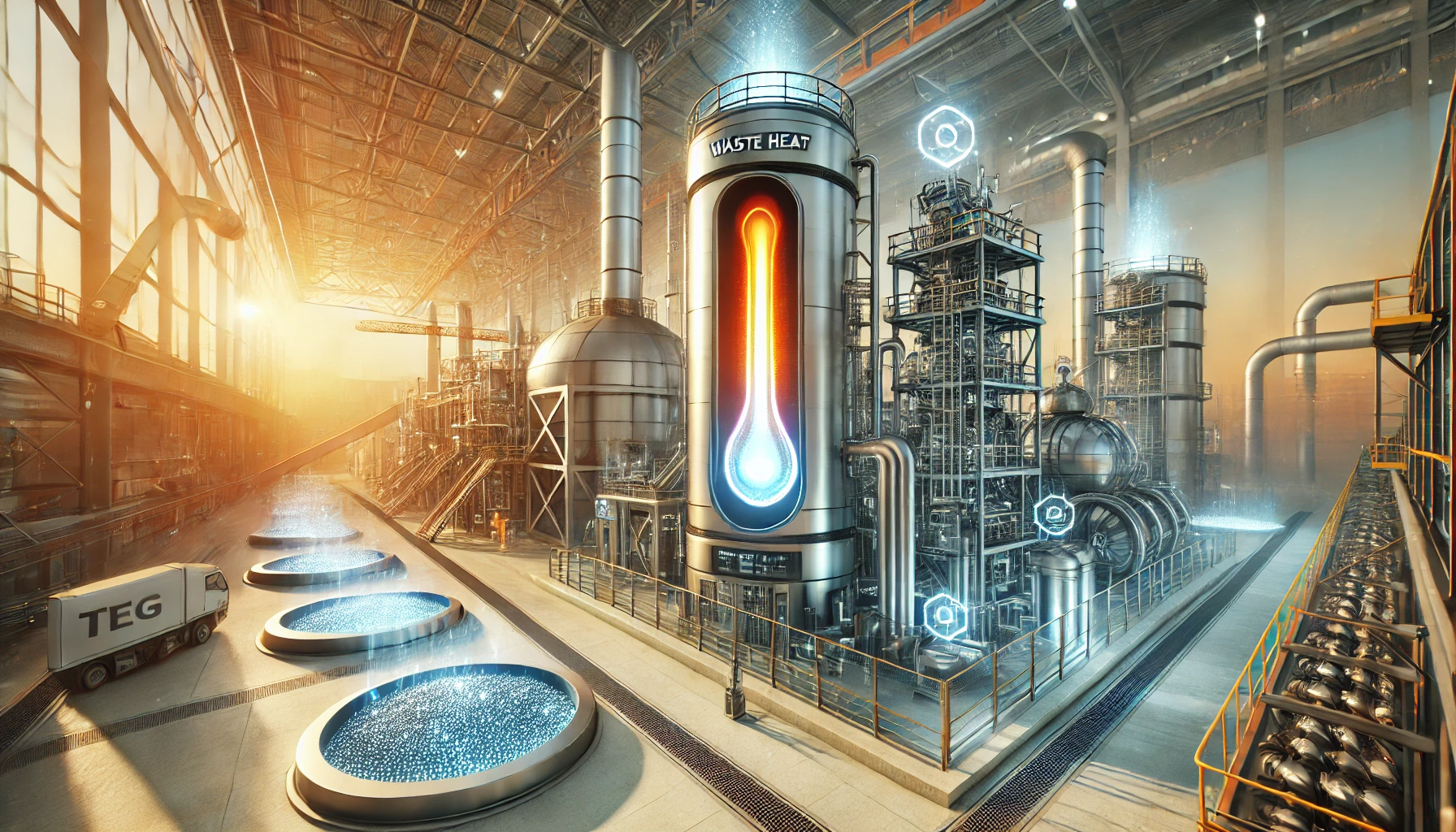Turning Industrial Waste Heat into Treasure: The Latest Innovations in Energy Harvesting

Introduction: Waste Heat—A Goldmine Waiting to be Tapped
Every time a machine in a factory hums to life, it produces heat. Normally, we just let that heat escape into the air, completely wasted. But what if we could turn that waste heat into something useful, like electricity? Thanks to recent innovations, industries are beginning to see waste heat as a goldmine waiting to be tapped. The concept is simple but revolutionary: capture that heat and transform it into a power source. Let’s explore how it’s done and why this technology is about to make waves in industries worldwide.
The Magic of Thermoelectric Generators (TEGs)
Thermoelectric generators (TEGs) are the superheroes of waste heat recovery. Using the Seebeck effect, these nifty devices convert temperature differences directly into electricity. When placed on industrial machinery that regularly heats up, TEGs harness the energy and power everything from sensors to small electrical devices. In fact, many industries are already using TEGs for continuous monitoring systems, ensuring machines run smoothly without needing external power sources. These innovations mean factories can not only reduce waste but also boost efficiency.
Nanotechnology and the Future of Energy Harvesting
Nanotechnology is shaking things up in the world of thermoelectrics. Scientists are using nanomaterials to enhance the efficiency of TEGs, making them more effective at capturing waste heat. These materials help reduce thermal conductivity while improving electrical conductivity, making them perfect for industrial use. The potential here is massive—especially in industries that operate in high-temperature environments like oil and gas, manufacturing, and even data centers. With nanotechnology in play, waste heat recycling could become the norm in countless industrial applications.
Environmental and Economic Benefits
Let’s not forget the double win here: energy harvesting is great for both the environment and the wallet. By turning waste heat into usable energy, companies reduce their reliance on nonrenewable resources, cutting down on carbon emissions. Plus, since TEGs can be used to power predictive maintenance systems, factories experience fewer breakdowns, saving millions in repair costs. This is sustainability and efficiency rolled into one big win for the planet—and for industrial bottom lines.
Challenges and Innovations on the Horizon
Despite its potential, waste heat harvesting still faces a few hurdles. For one, traditional thermoelectric materials can be expensive or inefficient at lower temperature gradients. However, researchers are making strides in developing new materials and hybrid systems that offer better performance at a lower cost. As industries continue to experiment with materials like silicon-germanium alloys and improve manufacturing processes, we’re likely to see TEGs becoming even more commonplace.
Conclusion: Will Waste Heat Power Your Industry Next?
The innovations in waste heat energy harvesting are pushing industries toward a more sustainable and efficient future. As TEG technology continues to evolve, it promises to play a critical role in reducing energy waste, cutting emissions, and saving costs. So, the real question is: how long until your industry starts tapping into this goldmine? Could your company be the next to turn waste heat into treasure?



